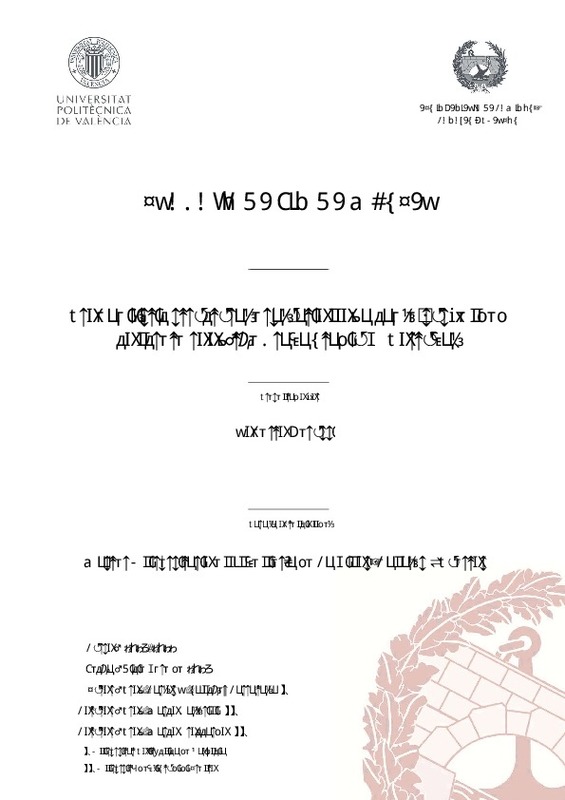|
Resumen:
|
Cable structures often pose a signi cant challenge, particularly due to the struggle in
foreseeing the structural response during the design. Because of this we rely on nite
element models, despite their complexity, ...[+]
Cable structures often pose a signi cant challenge, particularly due to the struggle in
foreseeing the structural response during the design. Because of this we rely on nite
element models, despite their complexity, especially when facing dynamic forces. Hence
the need of simpli ed models, optimized to retrace speci c behaviours of the structure
and reduce the computational burden. This Master’s degree thesis deals with the case of
the Braga Stadium, characterised by a roof of concrete shells supported by suspended
cables. The aim is to assess whether reliable results regarding its seismic response can be
obtained from simpli ed models.
Starting from the provided designs and information, we calculate the cables geometry and
performed a static analysis of the cables and the East stand, whose results re exploited to
calibrate the simpli ed models. The structural layout on parallel elements allows us to
simplify the structure as a planar one: we have assembled three models with increasing
amount of simpli cation, that include the cables and the East stand upright. The West
stand is not included as on its side the cables are anchored directly to the rock.
The models are evaluated through a multi-support analysis, considering the two uttermost
cases: with perfectly correlated accelerograms and with uncorrelated accelerograms. We
perform several simulations, extrapolating from each one the peak values of the maximum
cable force and the maximum relative displacement of its ends. We then processed these
data, calculating the main statistical parameters and the empirical distribution functions
for each model.
[EN] The comparison shows that using simpli ed models we can obtain reliable results for the
maximum cable forces, but not for the maximum relative displacements. Furthermore,
cable modelling cannot be ignored: any simpli cation must be applied solely to the
support structures. Finally, the use of uncorrelated accelerograms causes a signi cant
increase of cable forces, even if a realistic scenario would be intermediate to the two
considered. This result enhances the need of a multi-support analysis in this kind of
structures, especially in case of large span suspended roofs like the one studied here.
[-]
|




![ZIP archive [ZIP]](/themes/UPV/images/zip.png)



